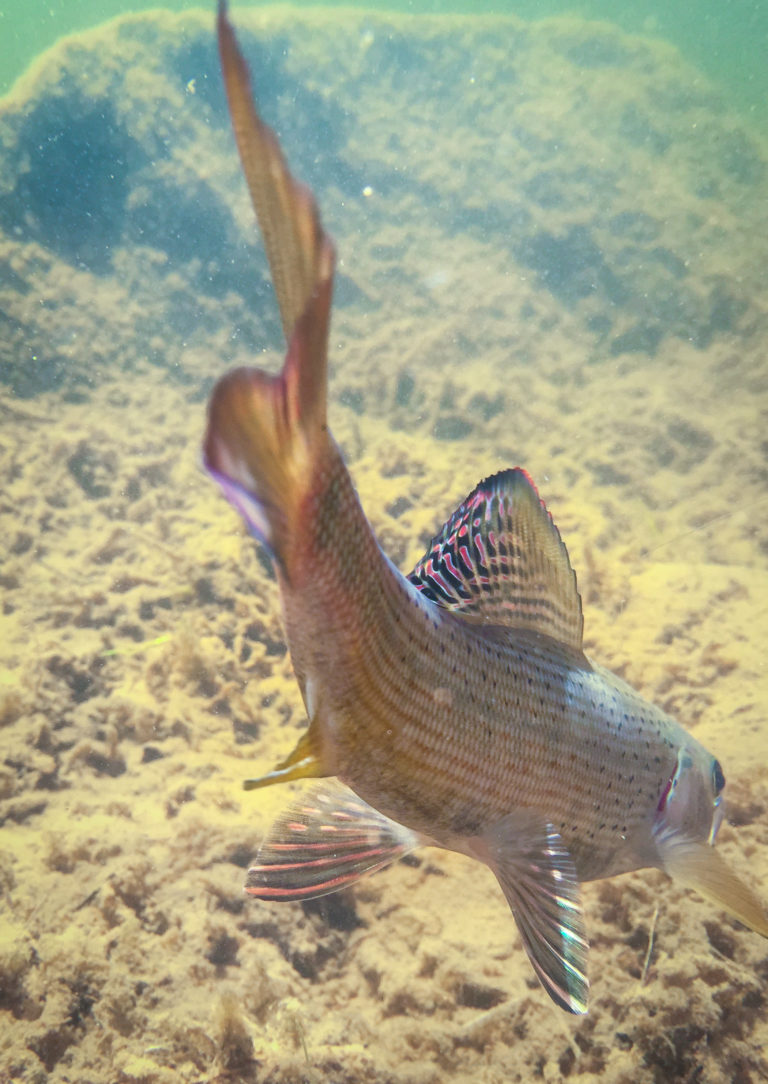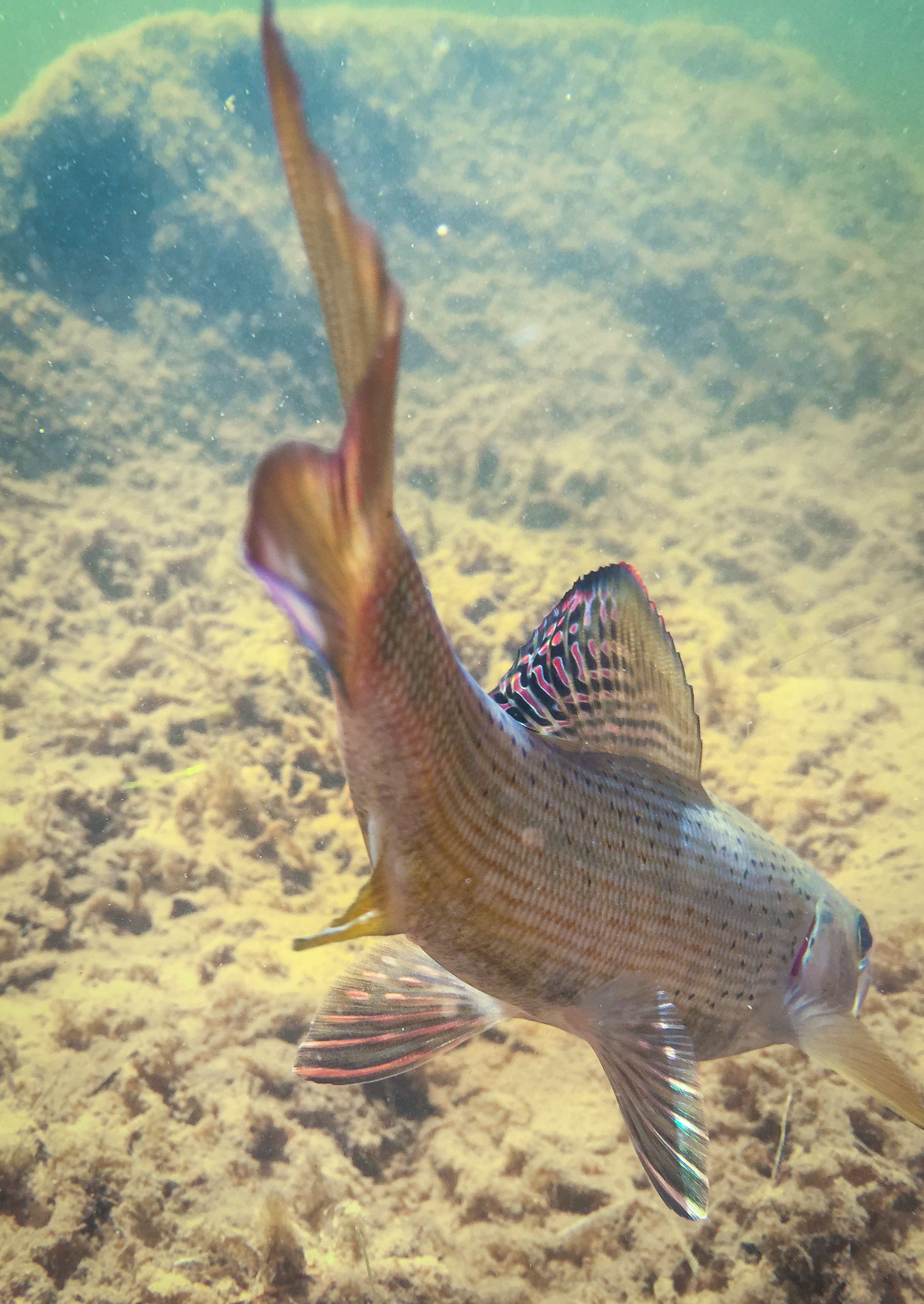Act Now to Save Montana’s Big Hole
By: Ellen Simon

The Big Hole is movie beautiful, running 155 miles from headwaters in Southwest Montana’s Beaverhead Range down the verdant Big Hole Valley, tumbling through hayfields, ranches, and wild lands along the way. It’s a river with a following: Spring and summer bring anglers who revisit its riffles and pools to choose the right fly and cast line each year.
They come to the Big Hole for hundreds of reasons, besides its wild beauty. One is its Arctic Grayling, a coldwater fish out of a fairy tale, with a sail-like dorsal fin and luminous body markings. The fish, which die at temperatures above 70 degrees, are found as far west as the Kara River in Russia and as far east as Hudson Bay. They used to be found as far south as Michigan, but overfishing, competition from introduced species, and habitat loss have killed them off, leaving the Big Hole the last river in the Lower 48 with a native sustaining population.

Lately, however, the Big Hole has been heating up.
Listed as “impaired” under the Clean Water Act, it has fifty pollution diets compiled by the Montana Department of Environmental Quality for temperature, sediment, nutrient pollution, and heavy metals from legacy mines.
And all that is before a recent proposal by the Trump administration that would strip Clean Water Act protections from the ephemeral streams, fed by snow and rain, that contribute to the Big Hole’s waters.
If those feeder streams lost protection, it would make the Big Hole even more vulnerable than it already is.
Changing times threaten the river. Fifth-generation ranchers, tired of working 30,000 acres and pulling cows through -40 Fahrenheit Montana Februaries are being courted by corporate farmers and real estate developers who won’t be as careful with the land.
The river needs protection from corporate ranchers and real estate developers.
Molybdenum mining in the state means backhoes scraping open pits as miners search for the element used to harden steel, and trucks barrelling down rural roads — some at rivers’ edge. A truck flipped last summer, dumping its load along the Big Hole, sending an unknown quantity of molybdenum, which has the weight of Tungsten, down the river.
The river needs protection from corporate miners.
Oil and gas extraction round out the threats to the Big Hole itself, as well as the precipitation-fed ephemeral streams that contribute to its waters.
The river needs protection from business interests that will always count an extra dollar in the profit column as more important than an Arctic Grayling.
And the those Arctic Grayling aren’t the only vulnerable fish in this postcard-pretty fishing river.
“The Arctic Grayling are the canary in the coal mine,” said Wade Fellin, program director at Upper Missouri Waterkeeper, fishing guide, and a fifth-generation Montanan whose family owns a fishing lodge on the Big Hole. “If we lose the Arctic Grayling the native Westslope Cutthroat Trout will soon follow. Southwest Montana is known for its pristine, wide-open spaces, abundant wildlife, thriving cattle ranches, and blue ribbon trout streams. How it’s known moving forward is up to you — and the protection you demand now.”
You can act to protect the Big Hole by submitting comments about the Trump administration’s proposal to gut the Clean Water Act and by telling the Environmental Protection Agency to maintain vital stewardship of the Big Hole and other vulnerable rivers that crisscross our nation, defining the character of the places we call home. Raise your voice to defend our waters and #SaveTheCleanWaterAct.